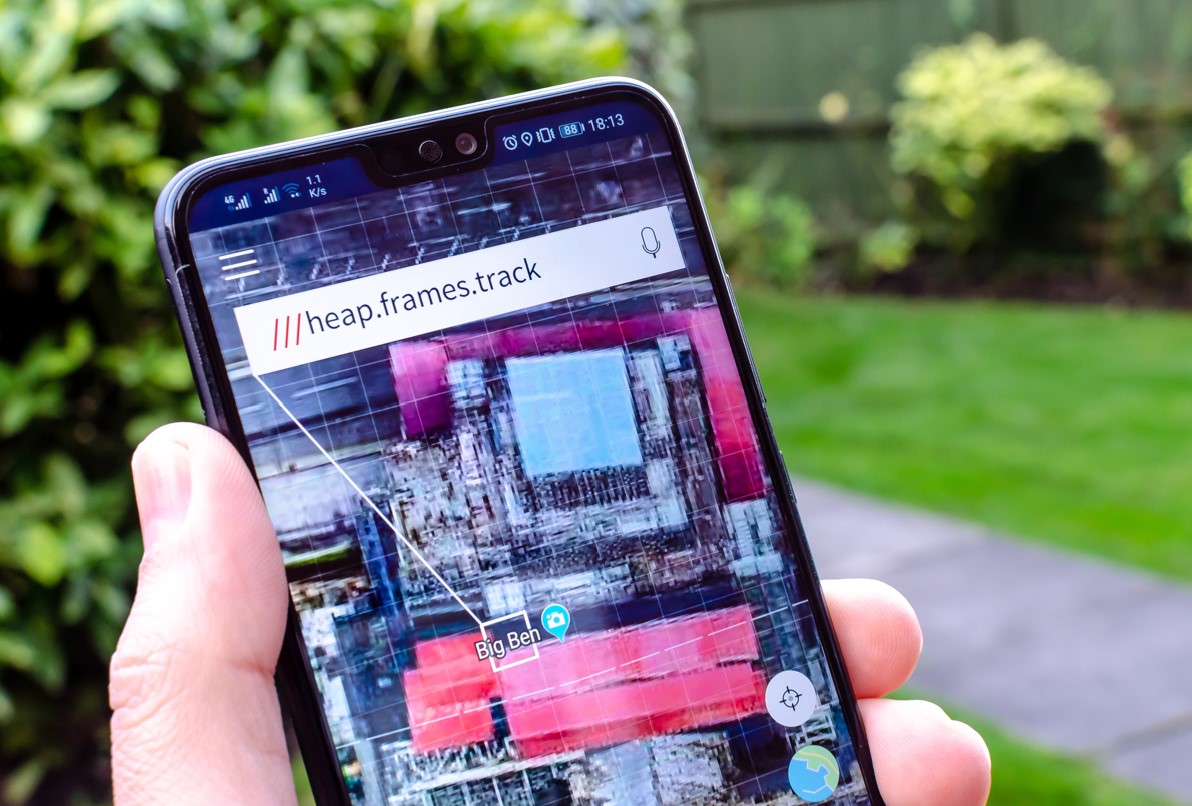Mapping the world: what3words
what3words is a vital system for assigning a simple three-word chain to any set of coordinates in the world. Sam Holland discusses the location app and considers what it can do for emergency responses, engineering, and other areas of industry.
About What3Words
what3words, or W3W, is a location application that can be easily accessed on a computer or smartphone. Without even needing an Internet connection, it can ascertain a user’s location, anywhere in the world, by taking their current coordinates and informing them of what their ‘what3words’ (known as the ‘what3words address’) is based on that particular location.
When I was taking notes on this article, my what3words address was movement.florists.salads – and just by clicking that link (or entering that three-word string into W3W’s homepage, which takes you straight to the mapping service itself), you’d be able to find not only the road and town that I happened to be in, but the specific spot where I was standing at the time.

An example of what3words (W3W), wherein a smartphone user identifies the W3W address of London's Big Ben
In fact, the system is so specific, that it is accurate to three metres of land and sea. It also doesn’t generate the three-word address in real time: the company’s About page explains that it has (already) “divided the world into 3 metre squares and [given] each square a unique combination of three words”. There are around 57 trillion of these squares according to one of w3w’s company’s blog pages. The next section will discuss the work that made this seemingly impossible task a reality, and what such a service has to offer to engineering and the wider industry.
Mapping the world: about W3W’s design and applications
How was that seemingly impossible task of having the world become, not only a three-metre-specific grid system of coordinates, but a human-readable one? The company uses a mathematical algorithm to achieve such a link between global coordinates and basic words. Although W3W explains that the system was designed to ‘shuffle’ the word combinations throughout the world, the algorithm was far from just a random generator.
The combinations have had to be monitored by the what3words languages team, which is formed of 40 native speakers and linguists each working on their assigned word lists. This is crucial as what3words addresses are often spoken over the phone, so utilising language experts who are well-versed in dialects makes it less likely that words will be mispronounced, misunderstood, and/or mistaken for being offensive (due to the fact that some words are insulting in specific regions).
In theory, W3W’s sounds simple and effective, but it is an unfortunate fact that the service does receive criticism for being problematic in practice. For instance, whether a word is plural or singular can be very hard to detect over the phone, and there have been reported incidents where other elements of human error have led emergency respondents to the wrong location.
A Lake District search and rescue (S&R) team has needed to urge people to not rely on W3W addresses alone as without a caller’s description of their surroundings, the system can apparently locate the wrong area – albeit one that is close enough to the S&R team for it to be taken seriously. According to outdoor activities publication, grough, in August, an elderly woman had a fall and wasn’t found until almost two hours after the incident because the What3Words address was taken at face value. As a spokesperson explained: “This is the second callout in three days – and there have been others – when the W3W location has been close enough to be believable but wrong enough to be useless.”
Taking the good with the bad
While what3words has received criticism for not being an ideal technology for emergency responses, it is helping people in less critical situations, such as informing delivery drivers where to go and meeting friends and family in towns (as opposed to needing to explain complicated street directions).
Plus of course, having a human-readable location system means there is an efficient solution for industrial professionals out in the field: civil engineers, for instance, can use the system to refer their colleagues to electrical outlets and water pipes with a simple string of words. W3W’s 'Infrastructure' page says that the app is useful for asset management, such as reporting precise sites and equipment, as well as alerting engineers and other construction workers of damaged machinery. The page explains its value to industrial operations with three simple words of its own: Report, Share, Navigate.
Plus, What3Words is a testament to just how scalable data technology can be nowadays. And aside from W3W’s said employment of language experts, its versatile algorithms also call for data engineers who can work to ensure safe, reliable, and bug-free data throughout the system.









